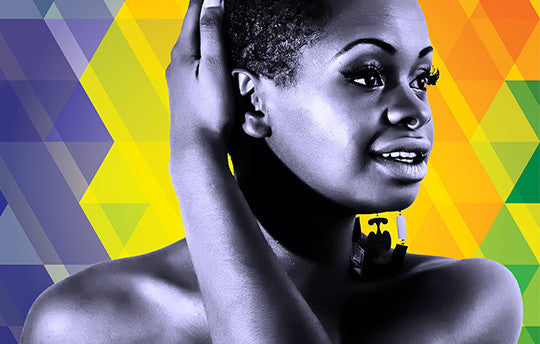Your Cart is Empty

Following on from both the CD and download release, this lovingly crafted collection is now available for you to own on Vinyl (just in time for the Olympics!). You can buy the album here.
This cutting edge Rough Guide digs deep into today's dynamic, shape-shifting Brazilian jazz scene – leaving 'The Girl From Ipanema' lounging in the shade.
Mention Brazilian jazz to most music fans and the inevitable bossa nova images flood into view: the beach, the female whisper-vocal, the rimshot snare drumming, the chord-plucked acoustic guitar, possibly a little mutedbatucada percussion, breathy alto saxophone and cabaret-vamp piano. It’s an image ineluctably stuck in the 1960s, when most aspiring Brazilian musicians looked to America’s West Coast ‘cool jazz’ scene for inspiration, listening to artists such as the Modern Jazz Quartet, Chet Baker, Paul Winter, Jimmy Giuffre and Stan Getz.
Of course there were Brazilian jazz musicians in the 1960s whose work was highly original and owed little or nothing to bossa nova, obvious examples being Victor Assis Brasil and Dom Salvador, the only two ‘old-school’ players present in this compilation – their presence I hope demonstrating the continuity of Brazilian jazz explorations way beyond bossa-jazz. There were also artists drawing inspiration from native Indian, regional folkloric and liturgical sources: Hermeto Pascoal and Egberto Gismonti made (and still make) thrilling and bizarre jazz that owed nothing to ‘conventional’ Brazilian jazz, or indeed ‘conventional’ jazz of any kind.
Brazil’s millennial musicians, however, use a different palette from that which has gone before. Disillusioned with the vapidity of manufactured national pop – pagode, axé, lambada, brega and the rest – they started digging for rare soul, funk, reggae and hip hop records for inspiration, an entry-point to the Blue Note and soul-jazz classics of America’s east coast, as well as richer meat – Sun Ra, Roland Kirk, Pharaoh Sanders and afrobeat. They also started listening more to European jazz: a fascinating ‘full-circle’ effect, because earl twentieth century choro jazz was strongly influenced by European music in template if not in tempo.
The large majority of players on this compilation are under 30 years old, most from São Paulo and Rio De Janeiro. Many have played with each other and are familiar with each other’s work – as were Rio’s 1960sbossa nova community. But the sheer range, energy and boisterousness of the approach is thrilling.
Iconili, Nomade Orquestra, Höröya and Bixiga 70 are essentially gafieira (dancehall) orchestras – with all the discipline, skill and ‘listening to each other’ that it implies – playing from a different songbook: a repertoire inspired by Nigeria, Guinea, Ethiopia, the Caribbean and New York. Thiago França’s sharp-elbowed genius makes itself felt in his solo work as well as in the more modal Space Charanga and European fans may know Thiago from the touring combo Metá-Metá. Juçara Marçal and Karina Buhr’s voicings explore similar territory to Carla Bley while Tulipa Ruiz’s sparkling Roy Ayers-style jazz-funk contribution wouldn’t be out of place on the 1980s London dancefloors of Dingwall’s, the WAG or the Electric Ballroom.
There had to be a hip hop track – so many Brazilian millennials got into jazz via hip hop – and new teenage sensation Tassia Reis was a no-brainer.
And it’s no mistake that the collection is sandwiched between contributions from young Turks Fernando Moura & Ary Dias and (for this compiler, at least) probably the most complete mainstream jazz musician that Brazil has ever produced, Victor Assis Brasil.
Innovative music is alive and kicking in millennial Brazil: although it never really left the building.
The Rough Guide to Brazilian Jazz is available in Vinyl from the WMN store.